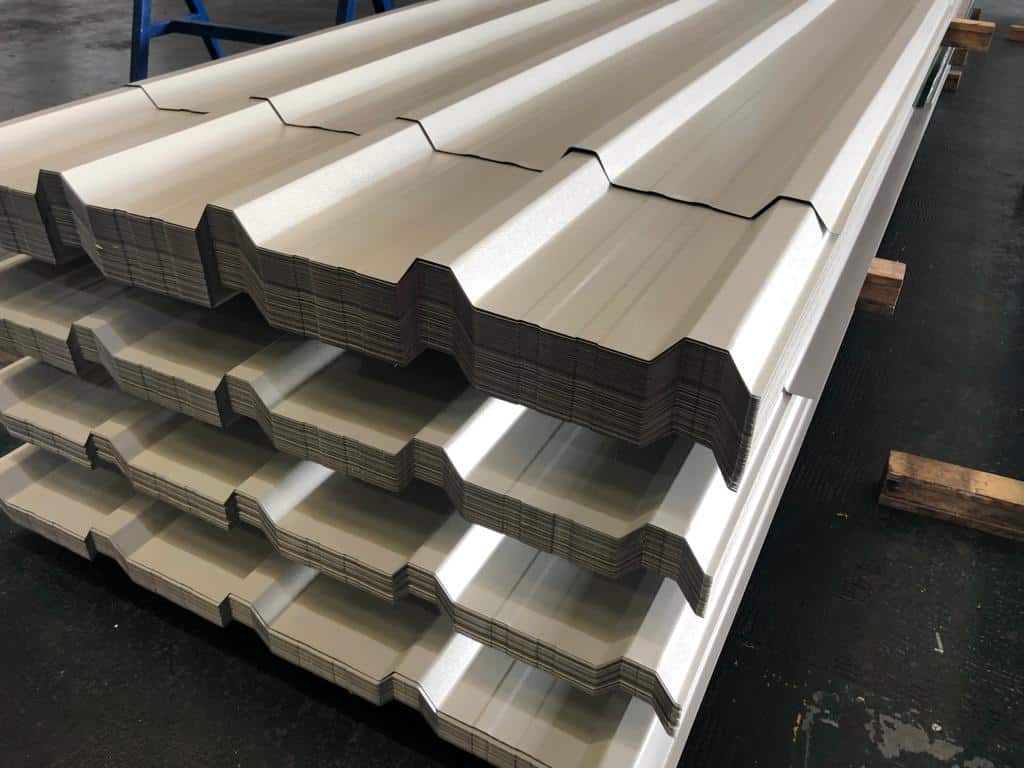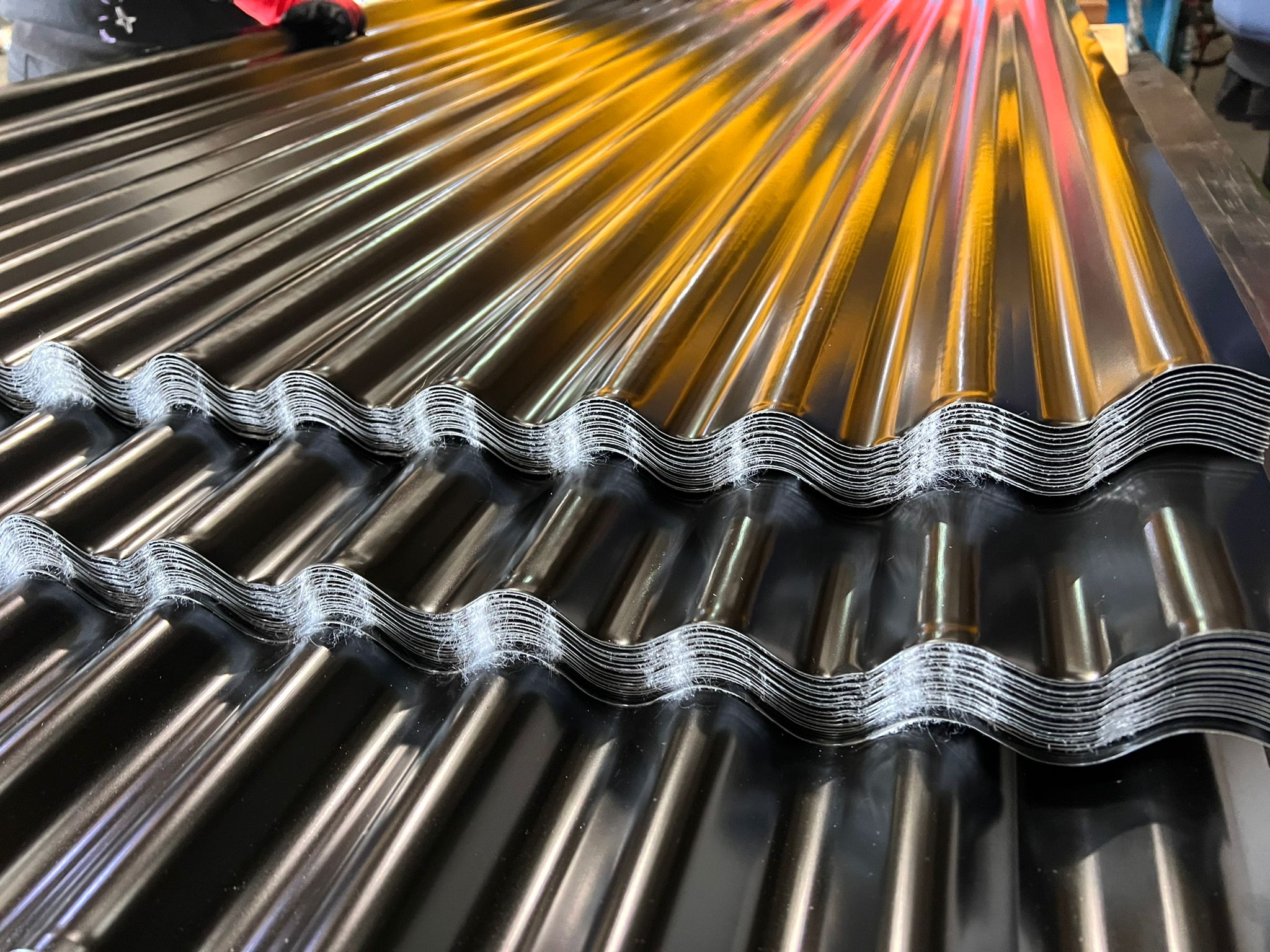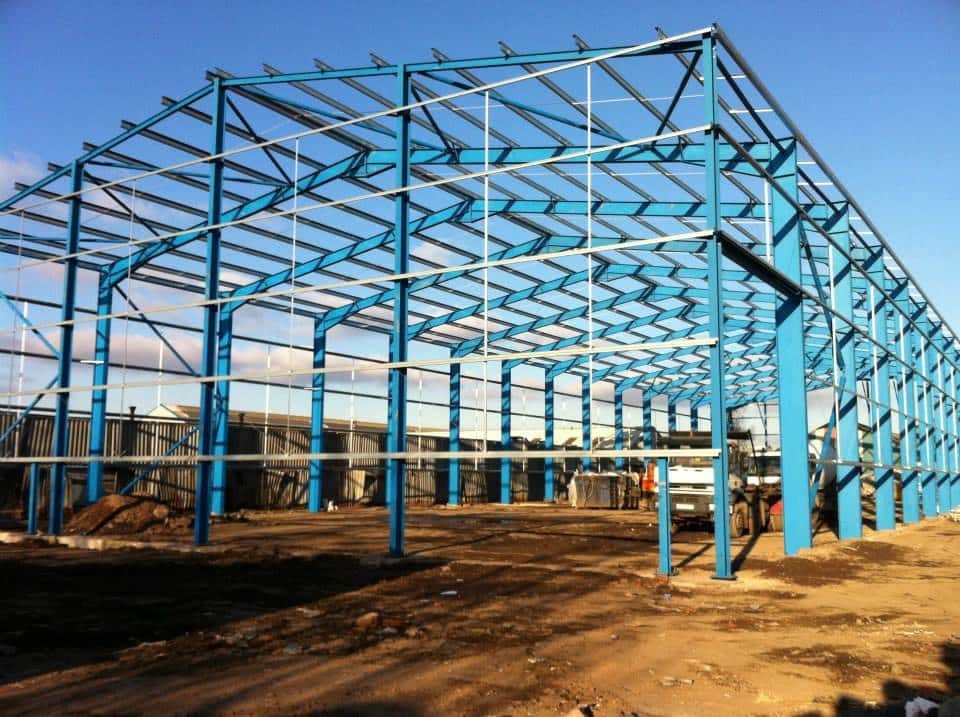Roofing accounts for a quarter of all deaths within the construction industry. Fragile materials and asbestos cement roofing sheets account for more of these deaths than any other single cause. HSE publication HSG33 ‘Health and safety in roof work’ provides industry guidance and valuable information to anyone involved in roof work whether a designer, contractor or roofer. The guidance provides suggested courses of action when planning and undertaking roofing work. However, the weather is one of the most varying hazards that can cause havoc within the industry.
According to the National Federation of Roofing Contractors (NFRC), “Roofers must always be made aware of and understand the hazards which can overtake them whenever work is attempted or continued in windy conditions”. It also makes a point that wind conditions on the ground can be very different from when on top of a roof. Therefore, any measurements of wind speed or direction must be taken at the actual location where work will be carried out. This is the same not only for roofers but for a tiler and slater who have to install roofing underlay.
The Basics
According to Statista, the past two decades have remained relatively stable for average wind speeds. Speeds were at their highest in 2015, reaching 9.4 knots. However, in 2021 they reached averages of 7.9 knots.
A gentle breeze or slight gust isn’t going to cause serious harm, however, often during winter months, there are several weather wind warnings. These occur when wind reaches potentially dangerous speeds, with colour coding to indicate the severity. The UK Met Office does not publish specific figures for what wind speed matches what colour. This is due to the complication of dual warnings, where a weather situation brings about more than one type of weather. The Beaufort scale is used by the Met Office marine forecasts, as an empirical measure for describing wind intensity based on observed sea conditions. According to their Irish counterpart, they provide wind speed guidance as follows:
- Yellow – Mean speed of 30 to 40mph with gusts of 55 to 70 mph
- Amber – Mean speed of 40 to 50mph with gusts of 70 to 80mph
- Red – Mean speed over 80mph with gusts exceeding 130mph
The Impact Of Wind On Your Roof
Wind speeds over 30mph are high enough to impact someone walking, damage trees, and carry debris through the air. This debris alone can impact your roofs such as knocking off tiles or blocking gutters leading to overflow or leaking. As wind speeds increase to around 50mph this can cause structural damage. Therefore, leaving your roof unprotected and in need of repairs.
Storms can last for several days without speeds dropping, as can the associated weather warnings. This often goes without saying, working at a height during severe wind is not safe for roofers. This could mean stopping work as a roofer and leaving a roof in the best condition you can until your return.
Taking Precautions
A little preparation goes a long way to improving safety conditions on construction sites, especially in wintery conditions. Gary Walpole, technical and health and safety officer at the NFRC stated “Accident statistics prove that there is an increased risk of personal injury during the winter months. Increased hazards from reduced daylight and inclement weather mean precautions need to be taken in advance to protect the wellbeing of our workforce.”
Some of the ways to ensure preparation are:
- Monitoring weather forecasts and wind speeds
- Carrying out risk assessments
- Ensuring workers/you have had the necessary training and equipment
- Ensure workers/you have the appropriate PPE and dress for the weather
- Remember that the cold increases the risk of hand-arm vibration syndrome
- Know the symptoms of cold exposure and hypothermia
- Report potential hazards to the site manager
Roofing Manufacture & Supplier
Cardinal Steels specialises in the manufacturing and distribution of various steel roofing sheets and metal roof cladding, encompassing a diverse array of profiles. Our product range includes box profile steel roofing sheets, corrugated roofing sheets, flat metal sheets, and insulated roofing solutions. We are committed to offering our customers the most competitive prices, directly from the manufacturer, ensuring exceptional value. With nationwide coverage and delivery across the UK, we strive to meet your roofing needs promptly and efficiently. Contact Cardinal Steels today for all your roofing requirements.





